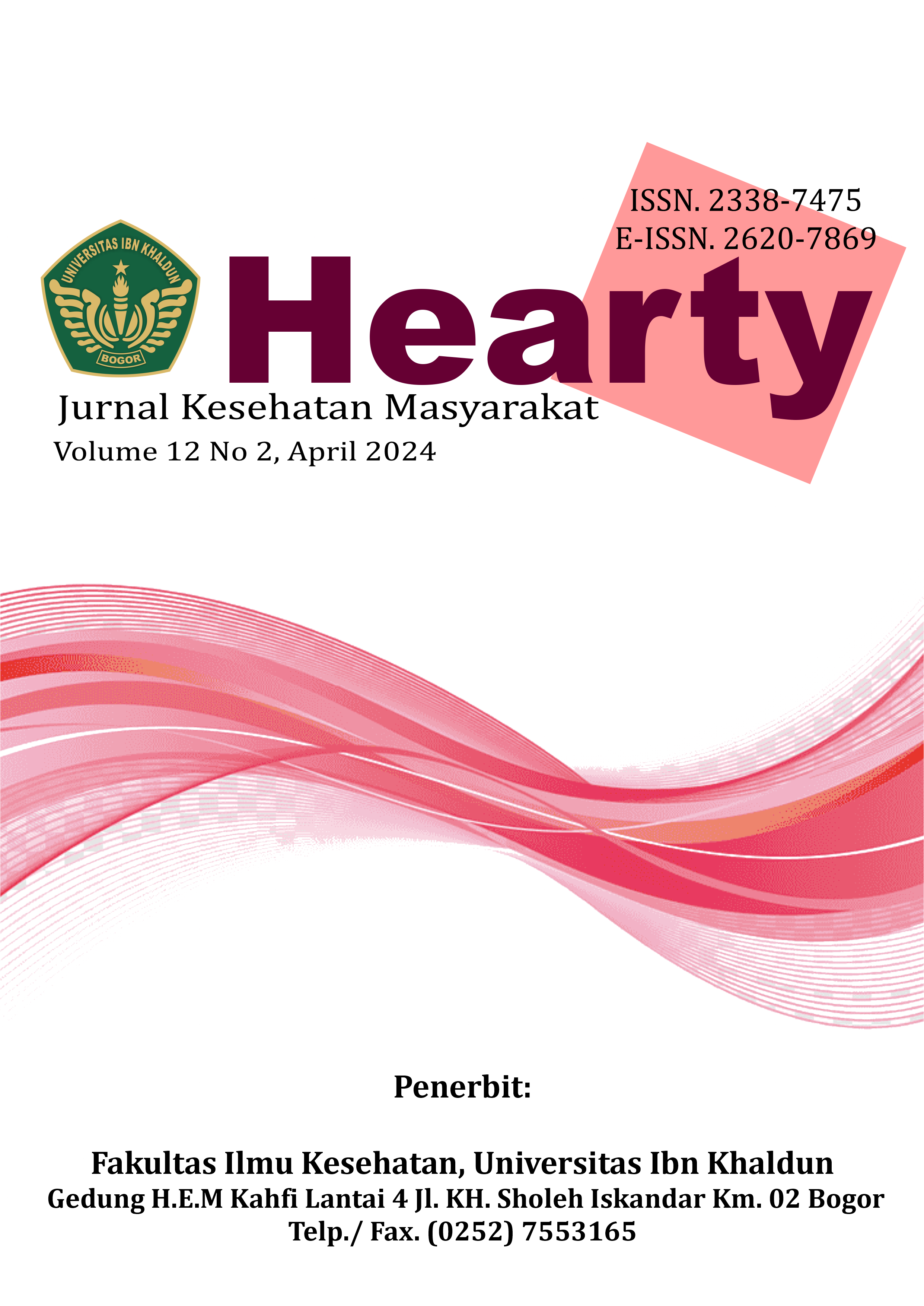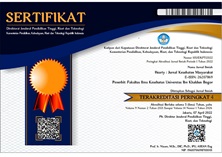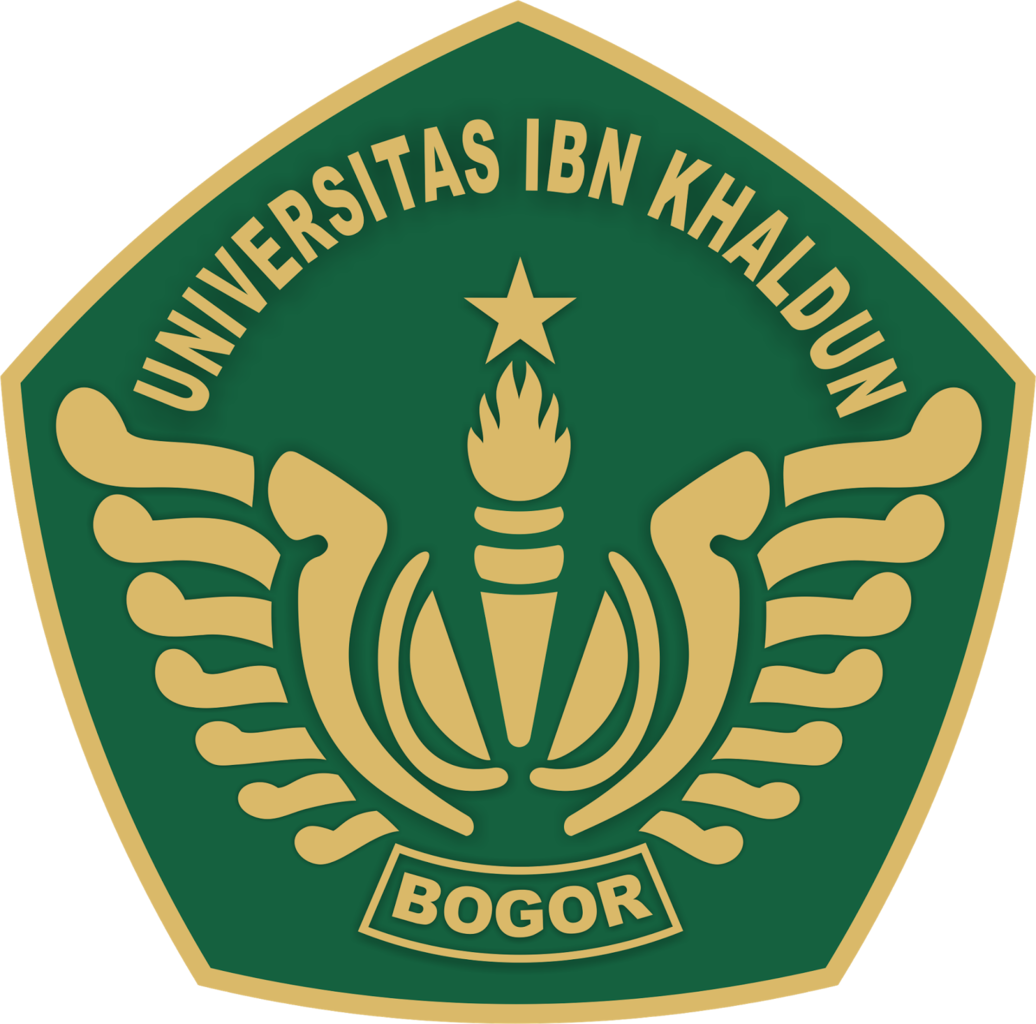IDENTIFICATION OF K3 HAZARD RISK IN FIREFIGHTERS AT MEDAN CITY FIRE AND RESCUE SERVICE
DOI:
https://doi.org/10.32832/hearty.v12i2.16250Abstract
Firefighters are particularly vulnerable to several work-related illnesses and injuries, including toxic gas poisoning, burns, respiratory distress, and bodily injury. Therefore, an important first step in implementing successful prevention tactics is to identify possible K3 hazards precisely and accurately. To prevent industrial accidents that endanger workers due to hazards arising in the Medan City Fire and Rescue Department, the purpose of this study is to identify hazards and evaluate risks using the HIRA method analysis. The research was conducted using qualitative methodology. Three data collection methods were used: documentation, in-depth interviews, and observation. The informants in this study amounted to 4 people consisting of 2 key informants and 2 main informants. Based on the results of hazard identification and risk assessment, there are 19 accident risks spread across 5 activities in the Medan City Fire and Rescue Service. Based on the results of the study, it was concluded that 10 potential hazards fall into the meaningful category, 4 potential hazards fall into the medium-risk category, 4 potential hazards fall into the low-risk category, and high-risk categories as many as 1 potential hazard. Based on these conclusions, suggestions were submitted to the Medan City Fire and Rescue Service to increase the provision of personal protective equipment (PPE) such as gloves, helmets, heat-resistant shirts, and pants, and SCBA was an anticipation of the proposal submitted to the Medan City Fire and Rescue Service. Medan City Fire and Rescue Officers are also required to always comply with established work rules to reduce risks and avoid work accidents.
























